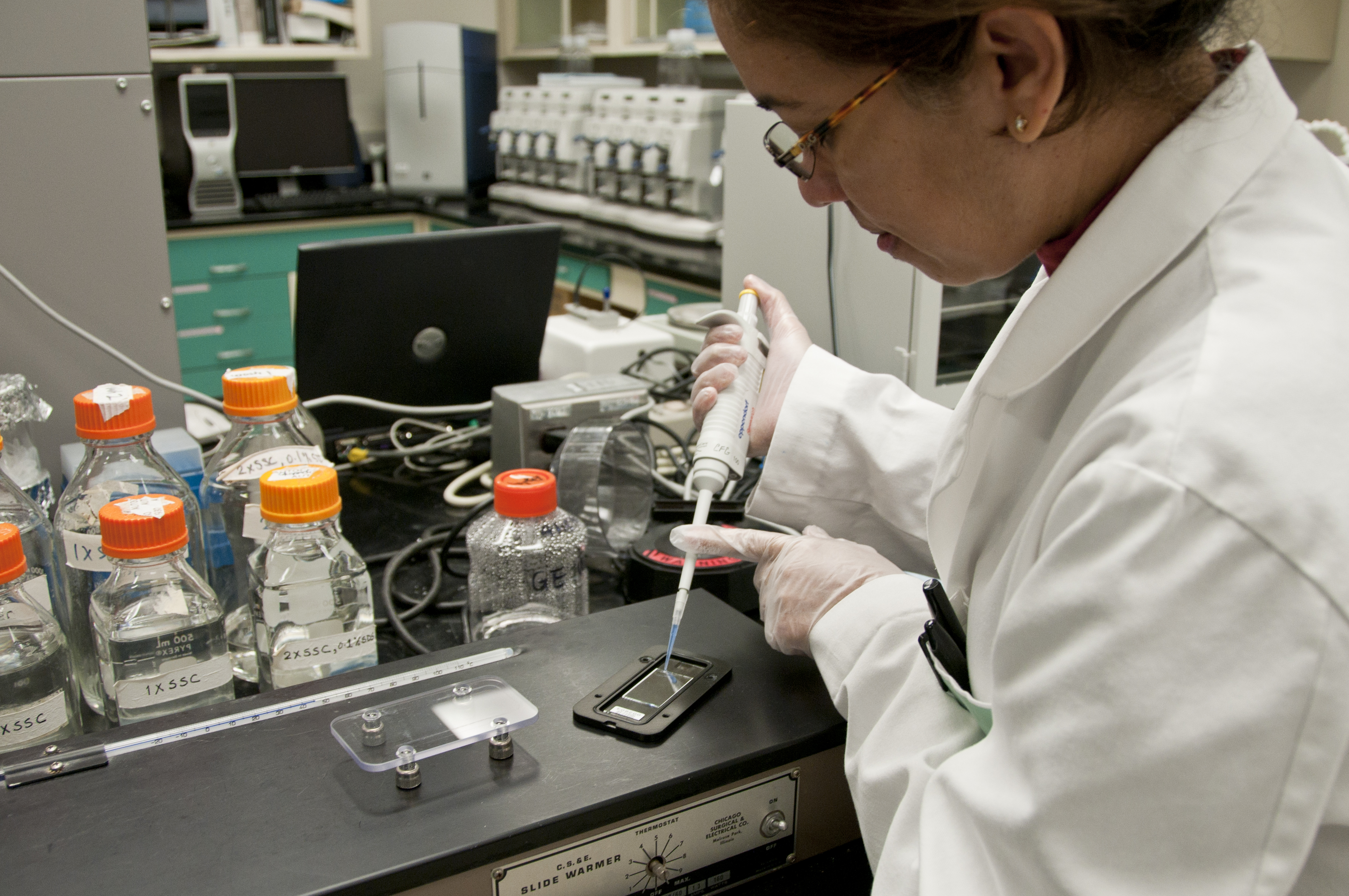
Photo from academic.microsoft.com
Dianthin enzymes belong to ribosome-inactivating proteins (RIPs) of type 1, i.e., they only consist of a catalytic domain and do not have a cell binding moiety. Dianthin-30 is very similar… Click to show full abstract
Dianthin enzymes belong to ribosome-inactivating proteins (RIPs) of type 1, i.e., they only consist of a catalytic domain and do not have a cell binding moiety. Dianthin-30 is very similar to saporin-S3 and saporin-S6, two RIPs often used to design targeted toxins for tumor therapy and already tested in some clinical trials. Nevertheless, dianthin enzymes also exhibit differences to saporin with regard to structure, efficacy, toxicity, immunogenicity and production by heterologous expression. Some of the distinctions might make dianthin more suitable for targeted tumor therapies than other RIPs. The present review provides an overview of the history of dianthin discovery and illuminates its structure, function and role in targeted toxins. It further discusses the option to increase the efficacy of dianthin by endosomal escape enhancers.
Journal Title: Toxins
Year Published: 2019
Link to full text (if available)
Share on Social Media: Sign Up to like & get
recommendations!